LC-DCP Unla and Radius Plate Video
LC-DCP Unla and Radius Plate PDF
LC-DCP Unla and Radius Plate Specification
| Product | Pic | Screw | REF. | Spec. |
| LC-DCP Unla and Radius Plate |  | HA3.5 | RPLDPYB5H | 5H |
| RPLDPYB6H | 6H |
| RPLDPYB7H | 7H |
| RPLDPYB8H | 8H |
| RPLDPYB9H | 9H |
| RPLDPYB10H | 10H |
Advantages of XC Medico's Products
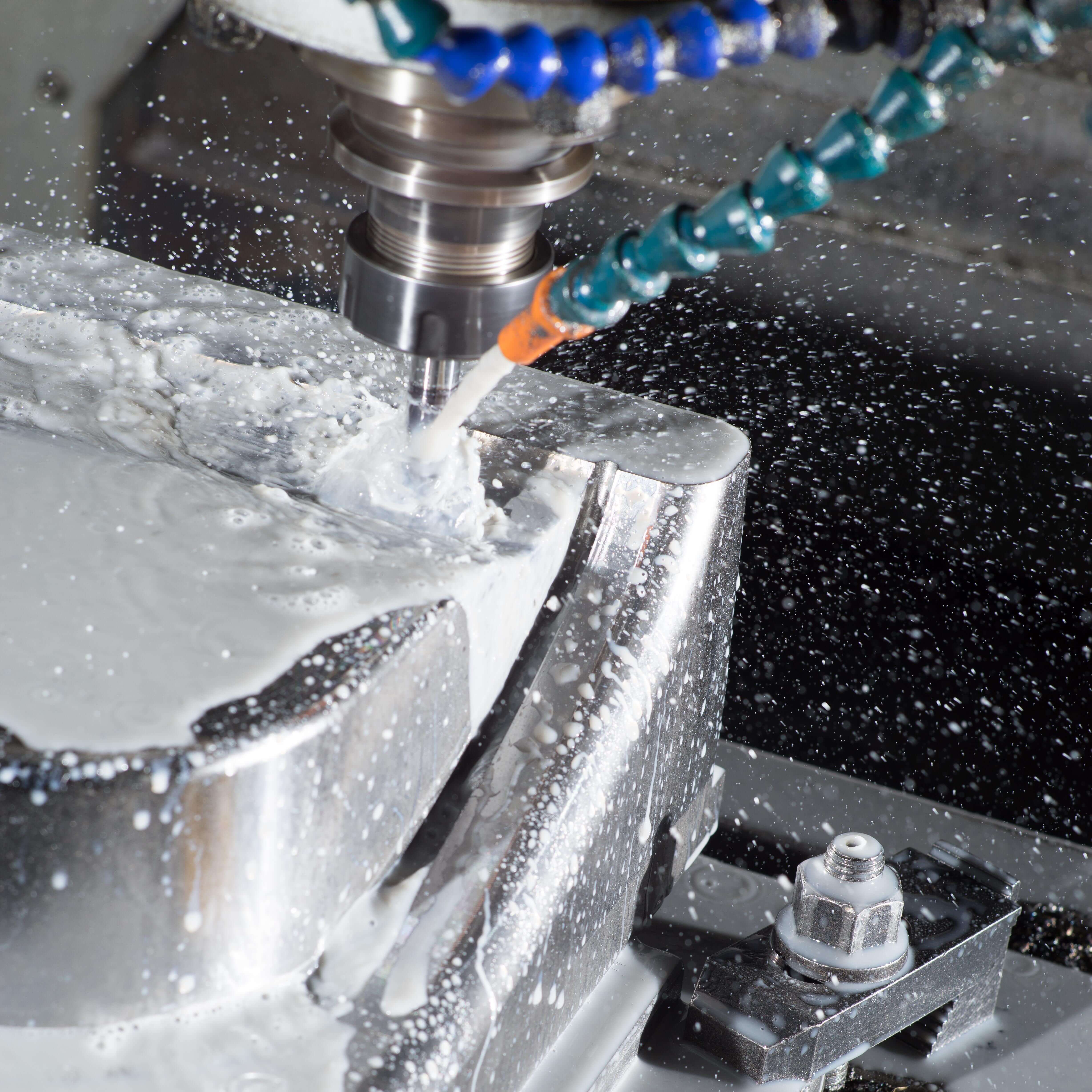
CNC Preliminary Processing
The computer numerical control technology is used to precisely process orthopedic products. This process has the characteristics of high precision, high efficiency, and repeatability. It can quickly produce customized medical devices that conform to the human anatomical structure and provide patients with personalized treatment plans.
| 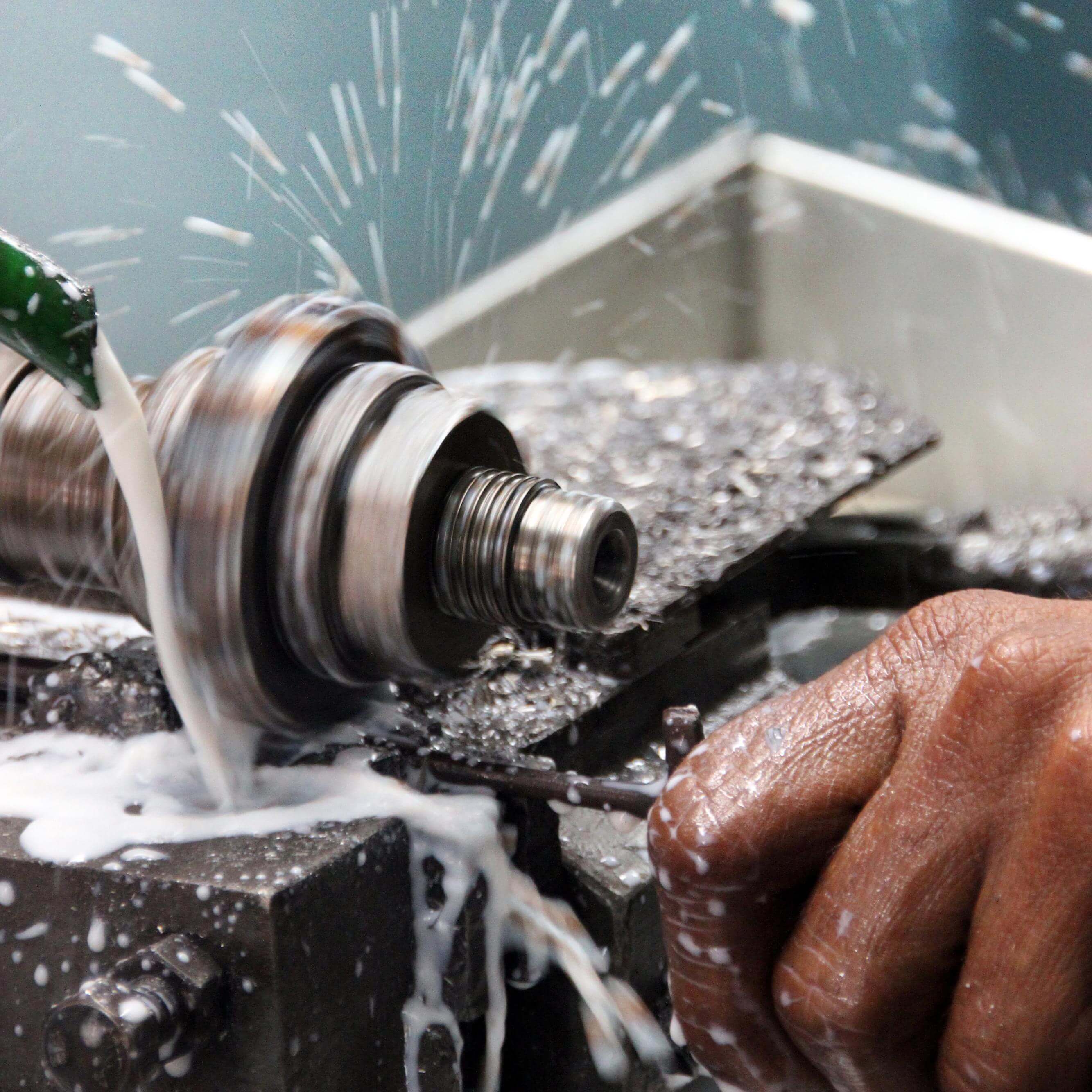
Product Polishing
The purpose of orthopedic products polishing is to improve the contact between the implant and human tissue, reduce stress concentration, and improve the long-term stability of the implant. | 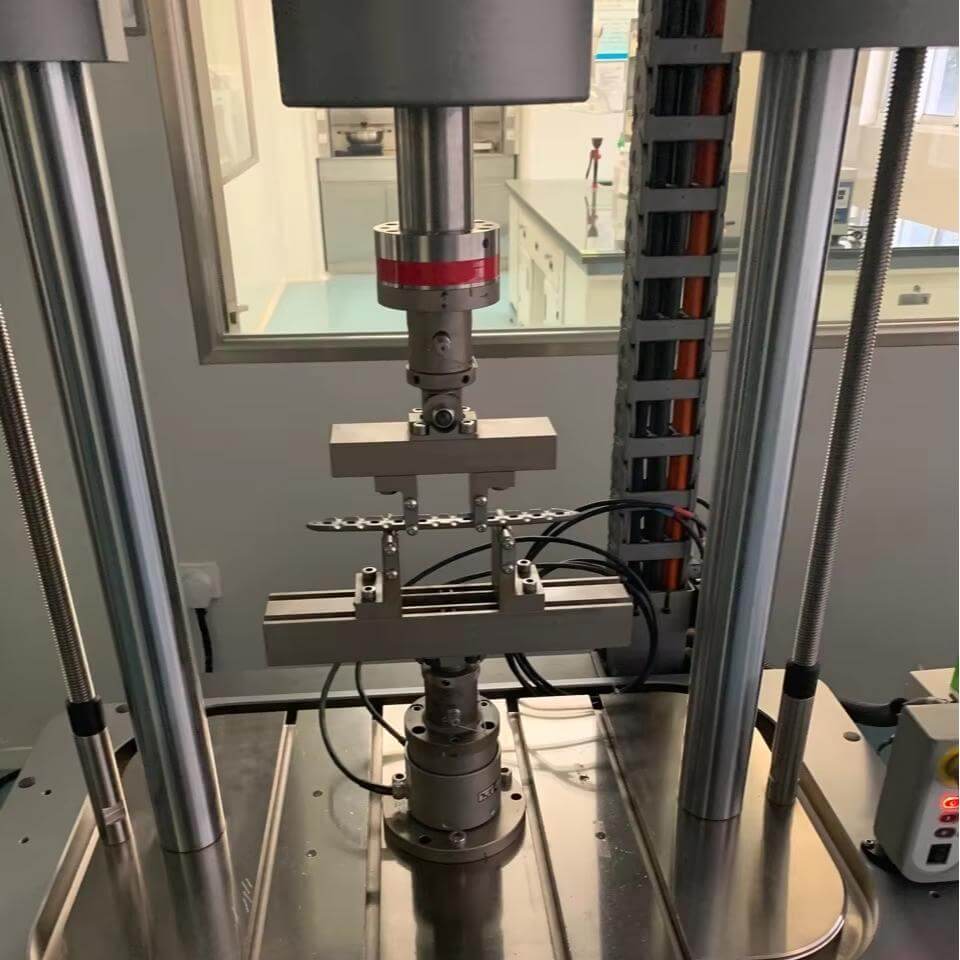
Quality Inspection
The mechanical properties test of orthopedic products is designed to simulate the stress conditions of human bones, evaluate the load-bearing capacity and durability of implants in the human body, and ensure their safety and reliability. |
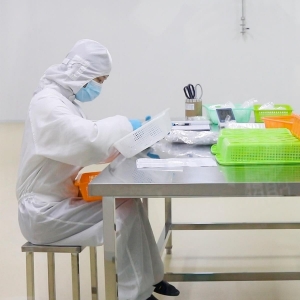
Product Package
Orthopedic products are packaged in a sterile room to ensure that the product is encapsulated in a clean, sterile environment to prevent microbial contamination and ensure surgical safety.
| 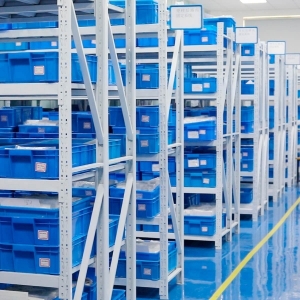 Product Warehouse Product Warehouse
The storage of orthopedic products requires strict in-and-out management and quality control to ensure product traceability and prevent expiration or wrong shipment. | 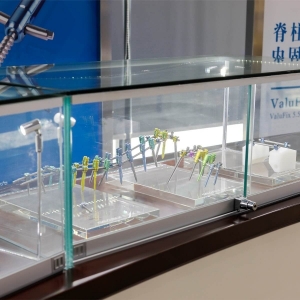 Sample Room Sample Room
The sample room is used to store, display and manage various orthopedic products samples for product technology exchanges and training. |
The Process To Cooperate With XC Medico
1. Ask Xc Medico Team For LC-DCP Unla and Radius Plate Product Catalog.
2. Choose Your Interested LC-DCP Unla and Radius Plate Product.
3. Ask For A Sample To Test LC-DCP Unla and Radius Plate.
4.Make An Order Of XC Medico's LC-DCP Unla and Radius Plate.
5.Become A Dealer Of XC Medico's LC-DCP Unla and Radius Plate.
The Advantages To Be A Dealer Or Wholesaler Of XC Medico
1.Better Purchase Prices Of LC-DCP Unla and Radius Plate.
2.100% The Highest Quality LC-DCP Unla and Radius Plate.
3. Less Ordering Efforts.
4. Price Stability For The Period Of Agreement.
5. Sufficient LC-DCP Unla and Radius Plate.
6. Quick And Easy Assessment Of XC Medico's LC-DCP Unla and Radius Plate.
7. A Globally Recognized Brand - XC Medico.
8. Fast Access Time To XC Medico Sales Team.
9. Additional Quality Test By XC Medico Team.
10. Track Your XC Medico Order From Start To Finish.
Product Photo
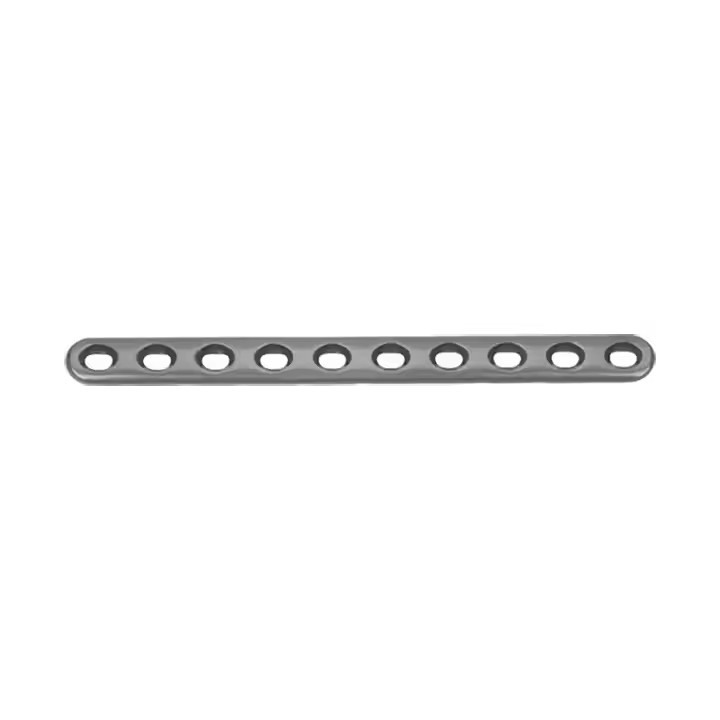
LC-DCP Unla and Radius Plate: A Comprehensive Guide
The LC-DCP (Limited Contact Dynamic Compression Plate) Ulna and Radius Plate is a specialized orthopedic device designed to provide optimal fixation for fractures of the forearm bones: the ulna and radius. Widely used in surgical practice, this plate plays a vital role in stabilizing fractures, promoting healing, and restoring function to the upper extremity. This article delves into the core aspects of the LC-DCP Ulna and Radius Plate, its features, advantages, applications, and potential risks.
What is LC-DCP Unla and Radius Plate?
The LC-DCP Ulna and Radius Plate is a metallic implant used in the surgical treatment of forearm fractures. Constructed from high-grade materials such as stainless steel or titanium, the plate’s design allows for dynamic compression at the fracture site, facilitating better bone healing. It incorporates a "limited contact" feature, which reduces the contact area between the plate and bone, thereby preserving periosteal blood supply and minimizing potential complications.
LC-DCP Unla and Radius Plate Features
Limited Contact Design
Reduces disruption to the periosteum, promoting biological healing.
Dynamic Compression
Facilitates interfragmentary compression to stabilize fractures.
Pre-contoured Shape
Anatomically shaped to fit the ulna and radius, minimizing the need for intraoperative contouring.
Multiple Screw Options
Accommodates locking and non-locking screws for versatile fixation.
High Biocompatibility
Materials such as titanium ensure reduced risk of allergic reactions and corrosion.
Radiolucent Markers
Allow for precise positioning under fluoroscopic guidance.
LC-DCP Unla and Radius Plate Advantages
Enhanced Healing
Promotes effective fracture union through optimal compression and reduced periosteal disruption.
Versatility
Suitable for a wide range of forearm fracture patterns, including comminuted, transverse, and oblique fractures.
Durability
High-strength materials ensure reliable performance even under dynamic loads.
Minimized Complications
Limited contact reduces risks of implant-induced osteopenia and soft tissue irritation.
Ease of Use
Pre-contoured design and modular screw options simplify surgical procedures.
LC-DCP Unla and Radius Plate Treatment of Fracture Types
Simple Transverse Fractures
Ensures stable fixation and promotes healing with minimal soft tissue disruption.
Comminuted Fractures
Offers secure fixation in complex fracture patterns.
Oblique and Spiral Fractures
Facilitates anatomical reduction and alignment through precise compression.
Segmental Fractures
Provides stable fixation for multiple fracture sites within the same bone.
Pathological Fractures
Offers reliable support for weakened bone structures.
Risks of LC-DCP Unla and Radius Plate Surgery
Infection
As with any surgical procedure, there is a risk of postoperative infection.
Hardware Failure
Rarely, screws or plates may loosen or break due to high stress or poor fixation.
Soft Tissue Irritation
Despite its design, some patients may experience irritation from the implant.
Nonunion or Delayed Union
Inadequate stabilization or biological factors may impede fracture healing.
Allergic Reactions
Although rare, some patients may react to metallic components.
LC-DCP Unla and Radius Plate Future Marke
The global orthopedic implants market is witnessing rapid advancements, and the LC-DCP Ulna and Radius Plate is no exception. Innovations in material science, including bioresorbable materials and 3D-printed implants, may redefine the future of such devices. Furthermore, increasing demand for minimally invasive procedures and improved patient outcomes is driving the adoption of next-generation LC-DCP plates.
Emerging markets, particularly in Asia and South America, are expected to contribute significantly to the growth of the LC-DCP segment, thanks to increasing healthcare investments and a growing prevalence of fractures due to aging populations.
Summary
The LC-DCP Ulna and Radius Plate remains a cornerstone in the surgical management of forearm fractures. Its advanced design and biomechanical properties ensure optimal outcomes for patients, making it a preferred choice for orthopedic surgeons worldwide. As technology continues to evolve, the LC-DCP plate will likely see further enhancements, solidifying its position as a critical tool in fracture management. For patients and medical professionals alike, understanding the features, benefits, and risks of this implant is essential for informed decision-making and effective treatment outcomes.
Warm reminder: This article is for reference only and cannot replace the doctor's professional advice. If you have any questions, please consult your attending physician.
English
Русский
简体中文
繁體中文
العربية
Français
Español
Português
Deutsch
italiano
日本語
한국어
Nederlands
Tiếng Việt
ไทย
Polski
Türkçe
አማርኛ
ພາສາລາວ
ភាសាខ្មែរ
Bahasa Melayu
ဗမာစာ
தமிழ்
Filipino
Bahasa Indonesia
magyar
Română
Čeština
Монгол
қазақ
Српски
हिन्दी
فارسی
Kiswahili
Slovenčina
Slovenščina
Norsk
Svenska
українська
Ελληνικά
Suomi
Հայերեն
עברית
Latine
Dansk
اردو
Shqip
বাংলা
Hrvatski
Afrikaans
Gaeilge
Eesti keel
Māori
සිංහල
नेपाली
Oʻzbekcha
latviešu
অসমীয়া
Aymara
Azərbaycan dili
Bamanankan
Euskara
Беларуская мова
भोजपुरी
Bosanski
Български
Català
Cebuano
Corsu
ދިވެހި
डोग्रिड ने दी
Esperanto
Eʋegbe
Frysk
Galego
ქართული
guarani
ગુજરાતી
Kreyòl ayisyen
Hausa
ʻŌlelo Hawaiʻi
Hmoob
íslenska
Igbo
Ilocano
Basa Jawa
ಕನ್ನಡ
Kinyarwanda
गोंगेन हें नांव
Krio we dɛn kɔl Krio
Kurdî
Kurdî
Кыргызча
Lingala
Lietuvių
Oluganda
Lëtzebuergesch
Македонски
मैथिली
Malagasy
മലയാളം
Malti
मराठी
ꯃꯦꯇꯥꯏ (ꯃꯅꯤꯄꯨꯔꯤ) ꯴.
Mizo tawng
Chichewa
ଓଡ଼ିଆ
Afaan Oromoo
پښتو
ਪੰਜਾਬੀ
Runasimi
Gagana Samoa
संस्कृत
Gaelo Albannach
Sepeti
Sesotho
chiShona
سنڌي
Soomaali
Basa Sunda
Wikang Tagalog
Тоҷикӣ
Татарча
తెలుగు
ትግንያውያን
Xitsonga
Türkmençe
संस्कृत
ئۇيغۇرچە
Cymraeg
isiXhosa
ייִדיש
Yorùbá
isiZulu

















 Product Warehouse
Product Warehouse Sample Room
Sample Room






















